What came first, the milkshake or the smoothie? Maybe they developed simultaneously, but I like to think the milkshake paved the way and that’s why smoothies feel like dessert even when they’re packed with kale and wheatgrass. And while it really should taste like a treat, sometimes the texture is mealy, or you can’t seem to find ripe fruit, or it’s simply become a downright monotonous meal. Luckily, there are ways to jazz up your smoothies. For those with smoothie routine muscle memory, and those still struggling to find the right fruit combo, here are 10 great ways to improve your batida.
Caramelise your fruit
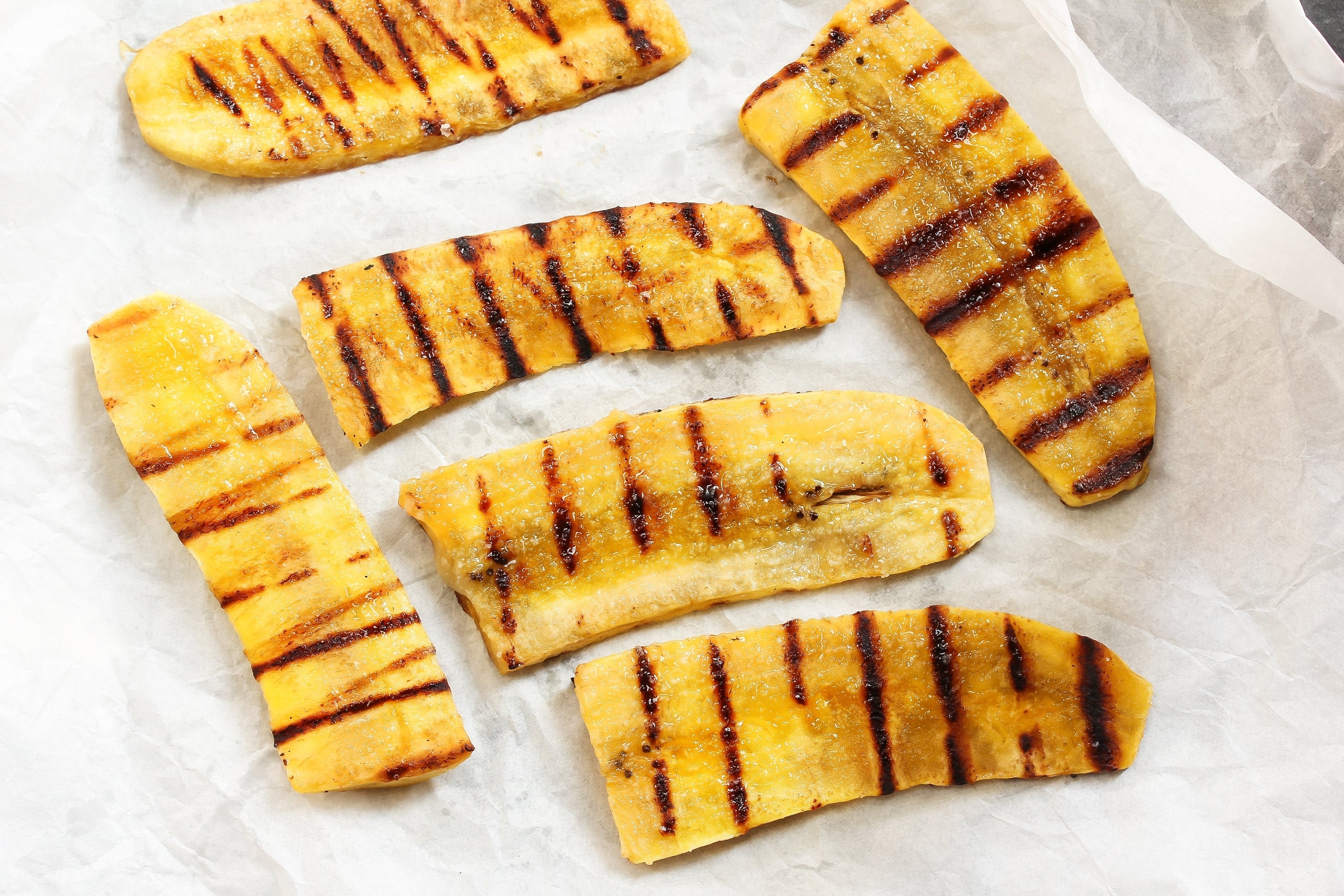
Making fruit smoothies on the regular probably means you planned ahead with bundles of your favourite fresh or frozen fruits. I love a basic strawberry banana smoothie when the fruits are at their peak, but when I get a batch of bland berries and pasty-green bananas, I reconsider all of my life choices. Fix your fruit with a little caramelisation. Browning your food will develop powerful, new, delicious flavours. Roast berries on a pan in the oven to get the juices flowing and expose their natural sugars to some heat. Slice a banana in half and give it a quick grill, or heat it in a pan with a tablespoon of maple syrup until soft. For folks avoiding added sugar, add the teensiest slice of butter to the pan to get quicker browning with the Maillard reaction.
Use peanut butter powder
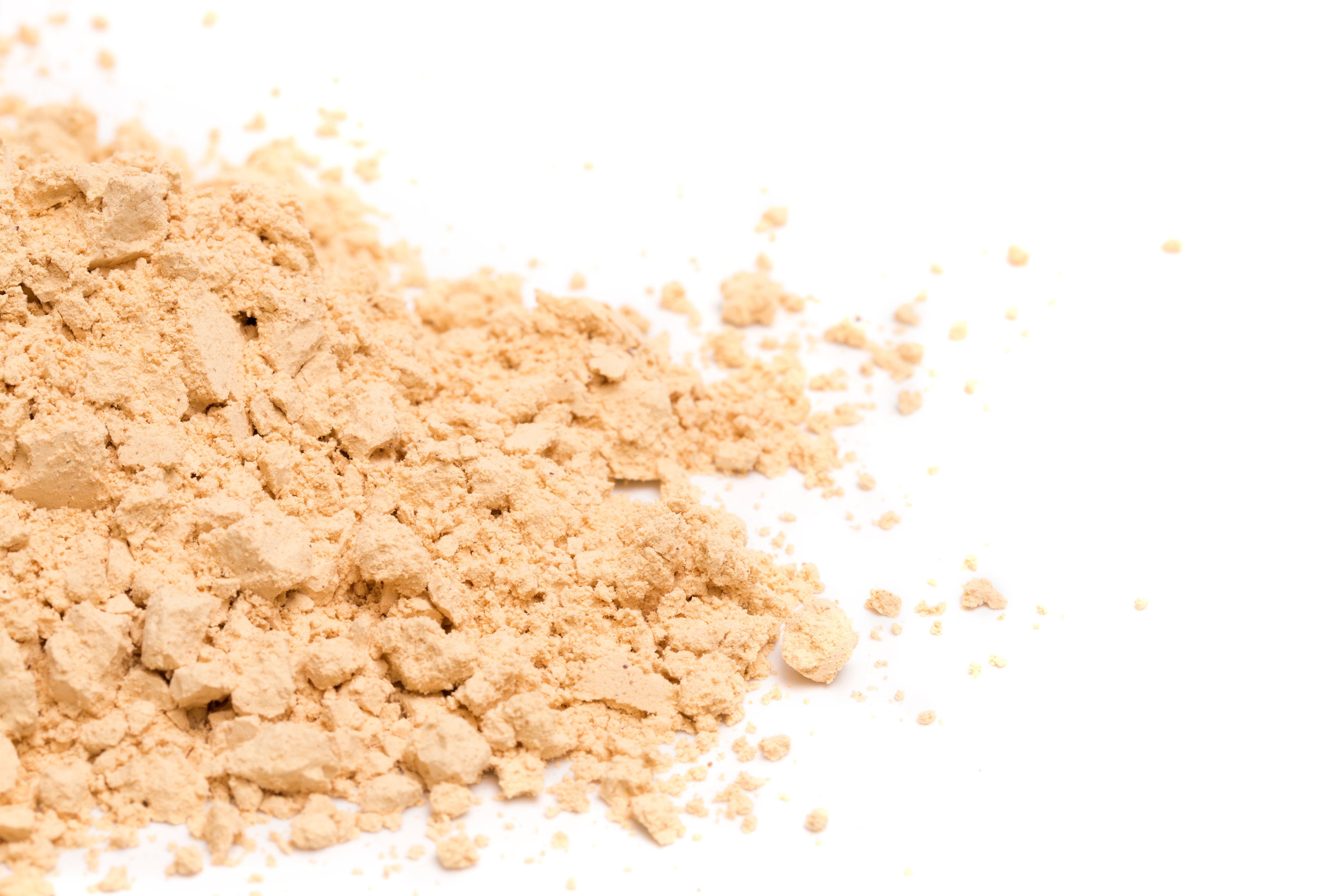
No one can deny the allure of peanut butter. I’m not exactly a PB fanatic, but I’ll admit, the stuff is good. However, nut butters are calorie dense, and it’s hard to dollop globs of the stuff into your smoothie if this is something that matters to you. Try a couple scoops of peanut butter powder. The powder holds onto its peanuty glory–strong flavour, high protein, toasty colour–with a heavily reduced fat and calorie count. The finely powdered texture dissolves into the liquid of your smoothie easily, so you won’t be affecting the texture of the smoothie.
Rib your greens
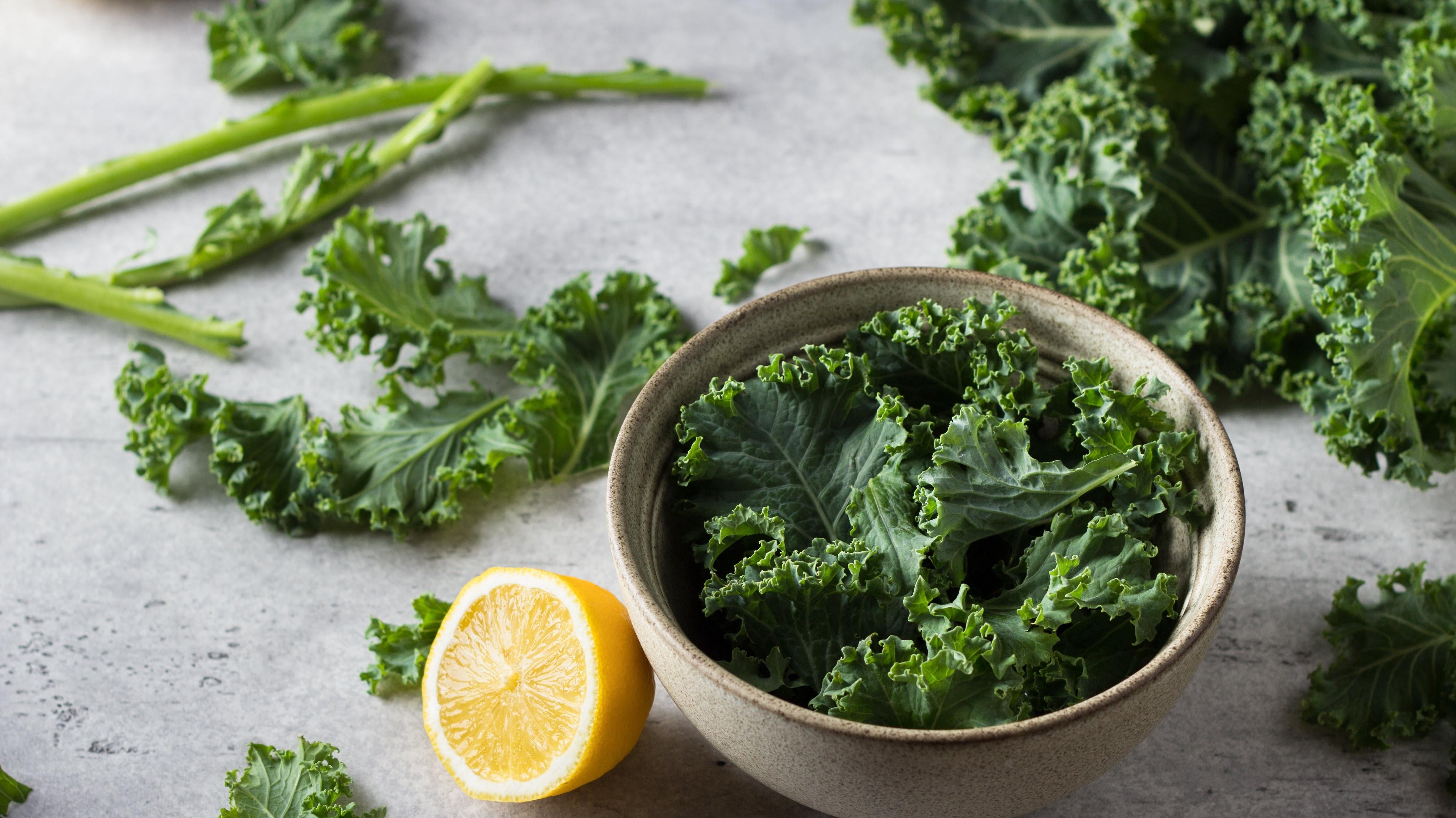
Packing in the greens can do a lot to elevate the nutrient content of your smoothie, but smoothies should be smooth, dammit. If a stray chunk of kale or string of celery requires me to chew, it’s all over. Smoothies made in high-powered blenders that give car engines a run for their money might make short work of stringy fibres, but most other machines can’t compete. Rib those veggies. Kale is especially woody, so cut, or pull out any thick veins. Celery, my arch nemesis, has stringy fibres running along the outside. Use a vegetable peeler to gently slice off the strings. Spinach is relatively tender, but pulling out the central rib doesn’t hurt.
Use frozen fruit as ice cubes
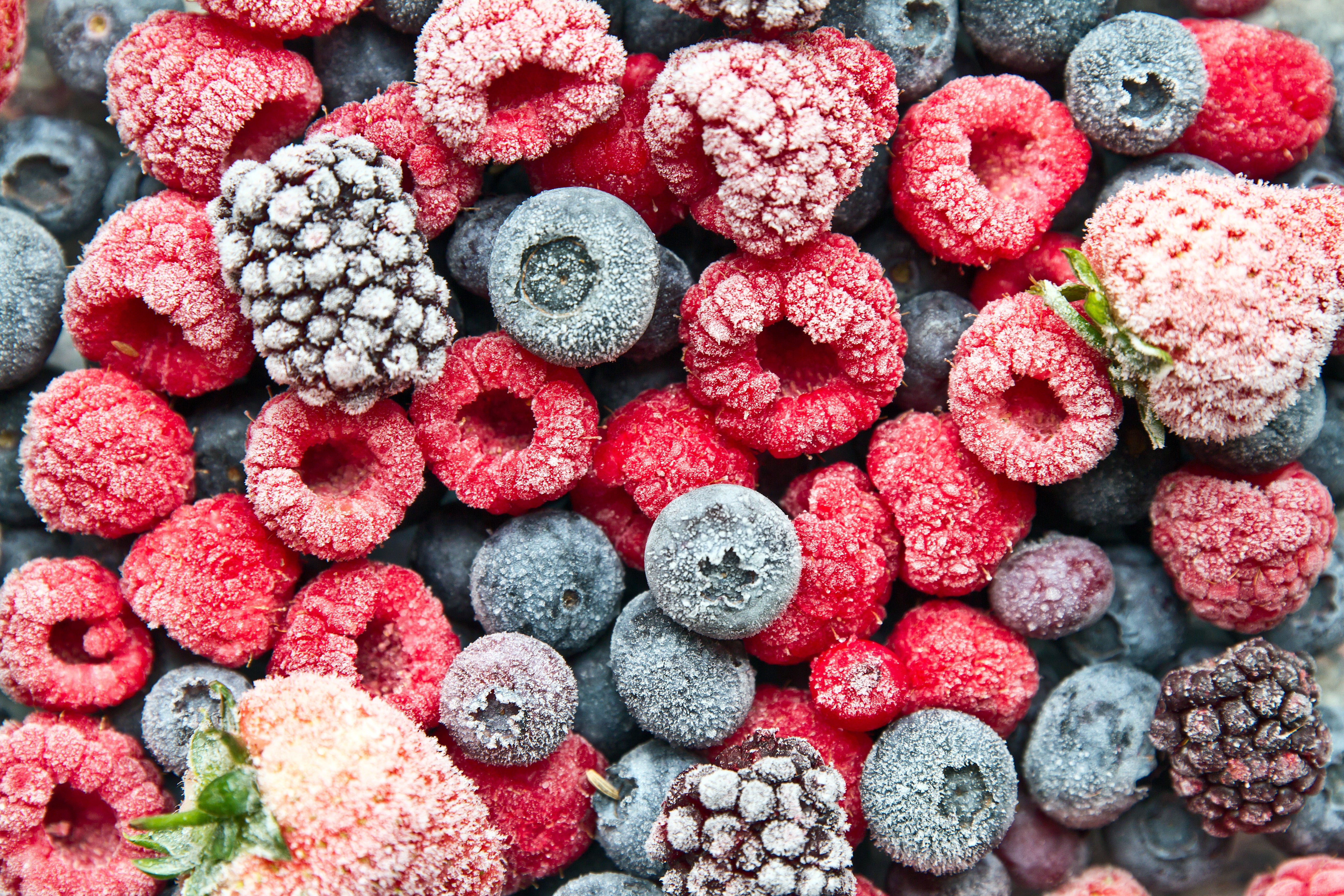
One thing wrecking your smoothie’s consistency might be the water content. Adding ice cubes will only dilute the smoothie’s flavour, and while this might work well for your frozen margarita, the tiny ice particles in your smoothie don’t diffuse on their own after melting. You might notice miniature puddles hovering amongst the fruit, giving your drink a broken appearance and texture. To keep your smoothie chilled and full of flavour, try frozen fruits, or low-fat frozen yogurt. For slow drinkers, drop a few whole, frozen blueberries in the finished smoothie to extend the chill-time, and enjoy a nice treat at the end once they thaw.
Add a thickening ingredient
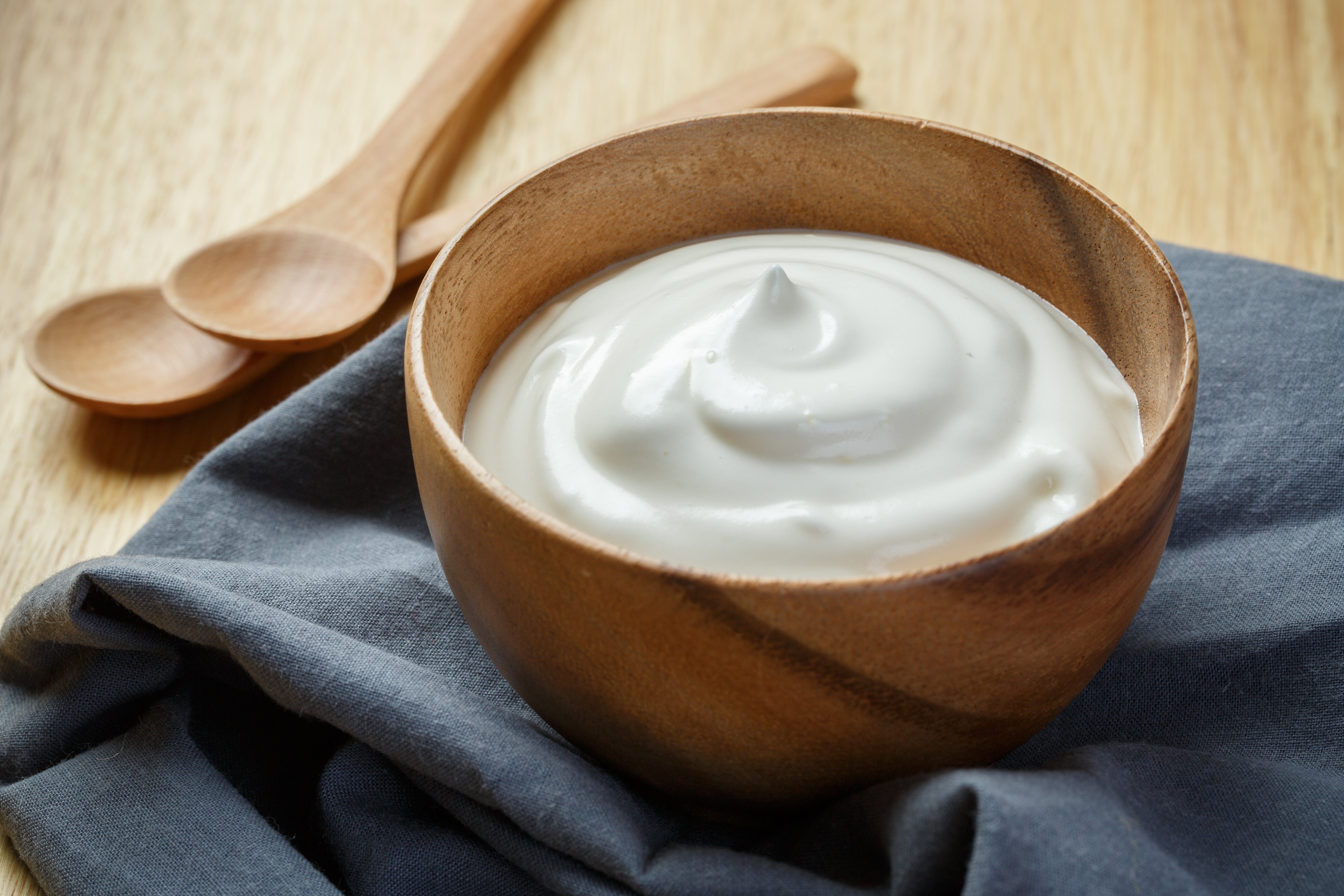
The ratio of ingredients in a smoothie makes a discernible impact on the final texture. A good smoothie shouldn’t have a broken texture, even if it has a loose consistency. Finding that perfect texture with some ingredients might be elusive if you’re not incorporating a thickening ingredient. Similar to how a binder works in baking, a thickening ingredient can help to evenly suspend the fruit fibres amongst the liquid ingredients, and give you the textural body you’re looking for. Bananas, yogurt, kefir, nut butters, or ripe avocado are helpful and nutritious thickening ingredients.
Use jam
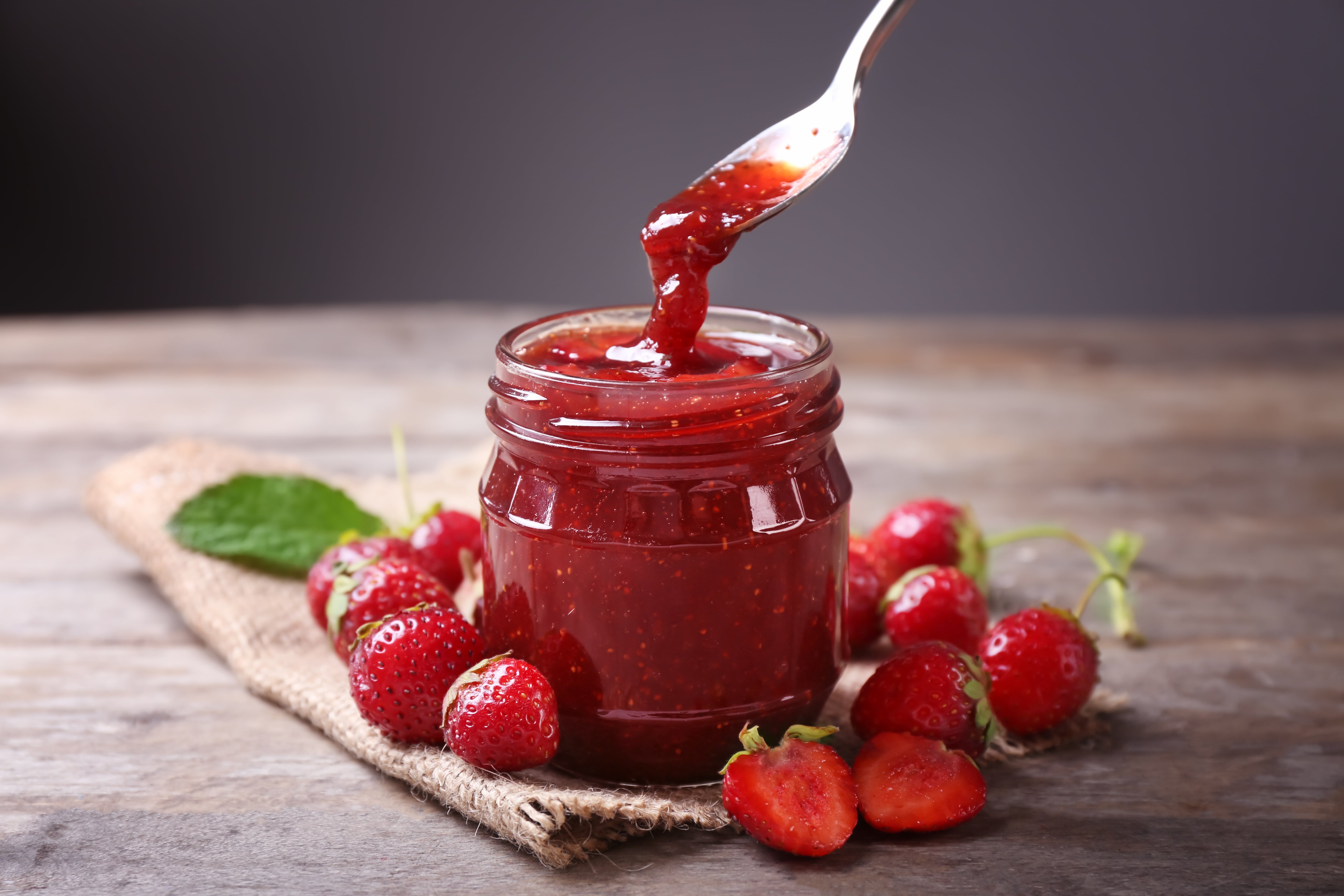
Fruit can bulk up a smoothie, but ripeness is a crapshoot. In the event that your pint of February strawberries taste like fibrous air, add a tablespoon of strawberry jam to your blender. The concentrated flavour of the jam will brighten your smoothie right up. Jam is a great trick for building flavour combinations too. Add the usual banana and strawberries, but drop in a spoonful of that gooseberry and elderflower jam you can’t seem to find uses for. For folks that primarily whip up a protein powder shake, jam can add a pop of flavour without throwing off the texture or heavily impacting the nutrition profile of the powder mix. Grab seedless jam for the smoothest results.
Use a powerful blender
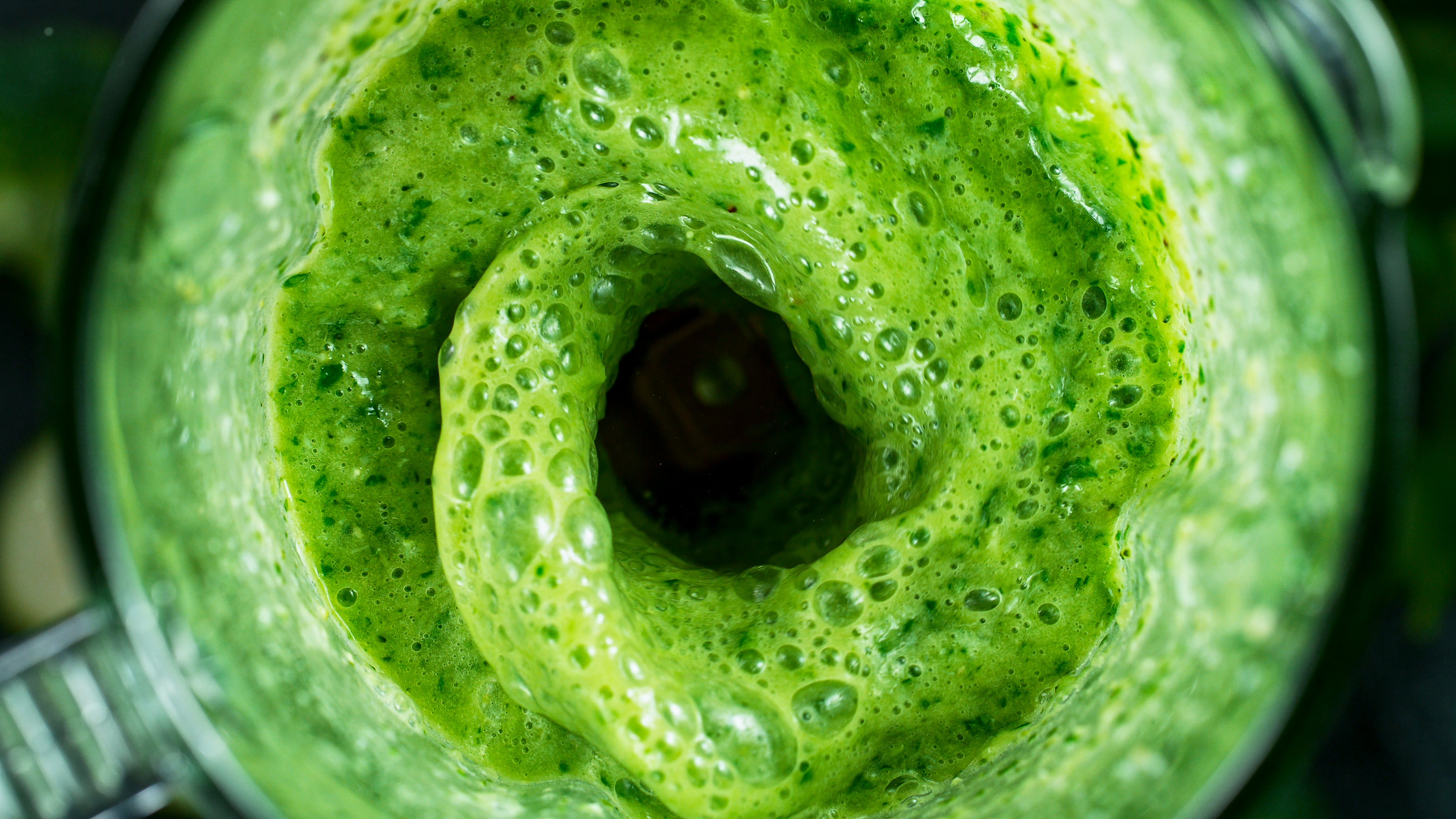
Once you have the recipe right, the only other thing that matters is pulverizing it to oblivion. Subpar blenders will leave bits of un-minced produce in your drink, totally ruining your silky-smooth vibes. While this is palatable enough with unblended fruit, shreds of spinach or kale can trigger a near wretch reflex. For folks incorporating smoothies into a daily routine, it might be worth it to treat yourself to a strong blender. Some blenders are geared toward smoothies, like Nutribullet, but everyone has different spaces, budgets, and blender intentions. So assess your needs, and find the one that fits you. Personally, I’m an immersion blender babe. The immersion blender can go directly in any vessel that will fit it, so you can blend directly in the cup you’ll drink out of. I currently use an All-Clad wireless, rechargeable one, but I had a more affordable Cuisinart smart stick that worked like a charm for over a decade.
Know your consistency
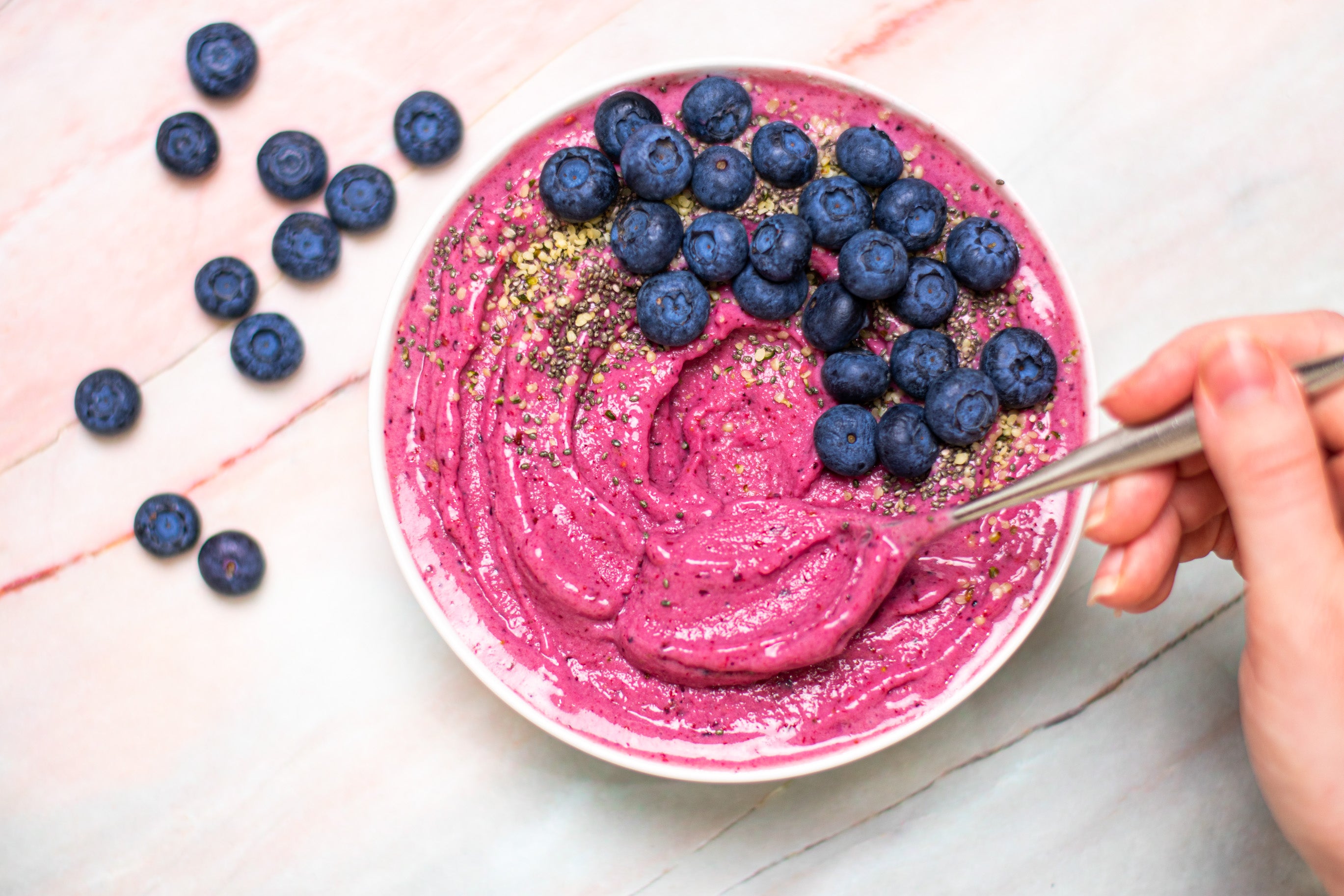
Smoothies should be smooth. Beyond that, there’s a sliding scale, and you need to know how thick or thin you like your drink. Know thyself and you’ll be able to wing it with recipes, nailing the perfect consistency time and again. This will also help you decide the quality of blender you’ll need. Concrete-style smoothies will use nearly no liquid ingredients but, because of this, will require a powerful blender that can catch all of the ingredients without the lubrication of liquid. Use skyr, or greek yogurt as your primary base for a smoothie that nearly stands up on its own. For juice-like thinness, add plenty of liquid ingredients. This consistency can get away with a weaker blender, but be aware that leafy greens might not chop well if they can surf around the blades in a lot of liquid. To improve chopping and texture, only add half of the liquid ingredients first. Blend until the fruit and vegetable fibres are smooth, then slowly add in the rest of your liquid.
Add salt
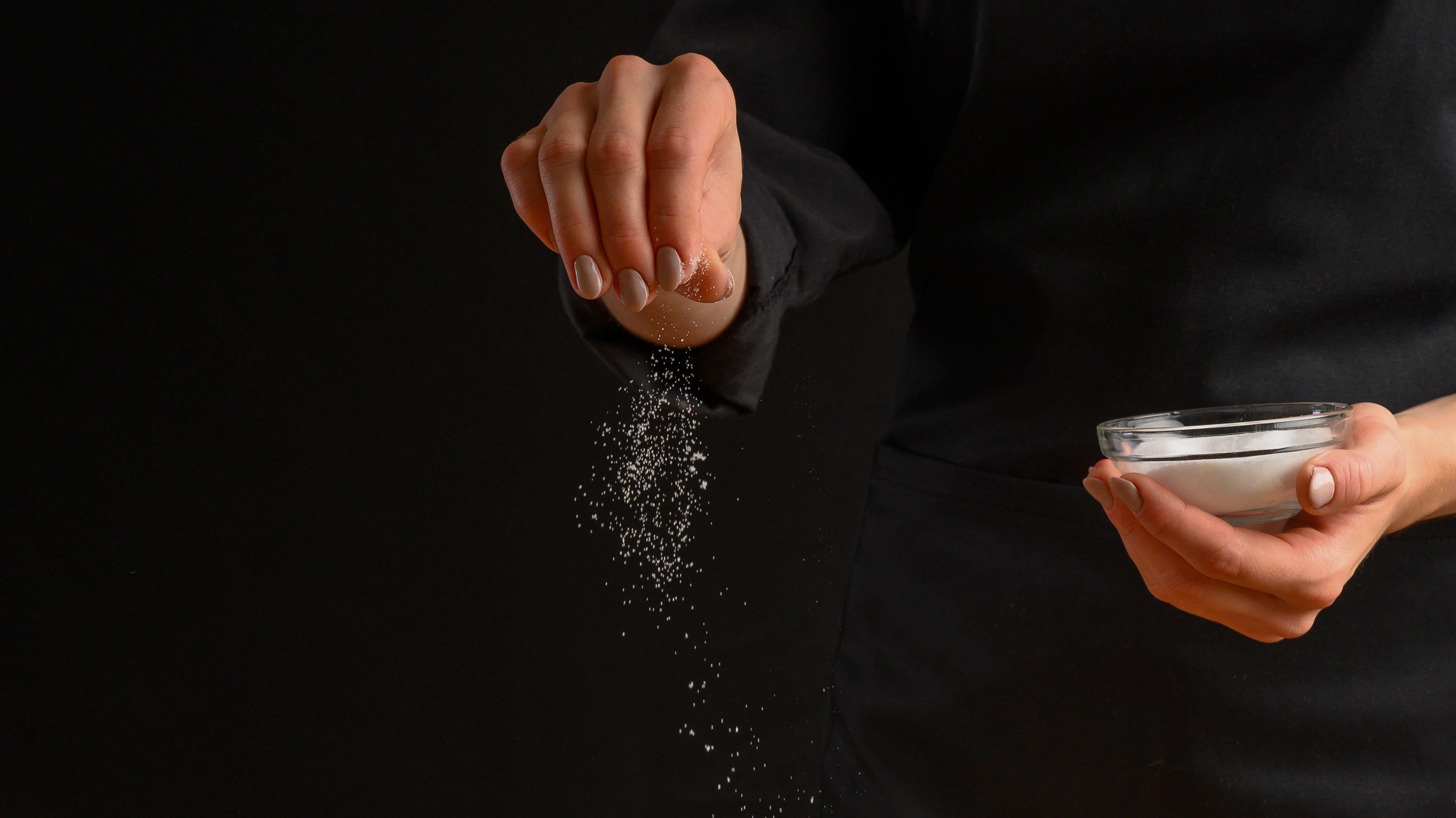
Although I do have questionably intense salt preferences, a pinch of salt can make a big difference in a smoothie. A low dose of salt can reduce notes of bitterness, and lift those of sweet, sour, and umami. Peanut butter, chocolate, and caramel smoothies all pair well with a salty edge. A sprinkle of salt can be especially helpful if you love nutrient dense greens but balk at the idea of intense bitterness. Depending on the flavours, and if salt is included in other ingredients (like salted peanut butter), you should start off with just a pinch and taste it, then adjust if needed.
Switch up the liquid
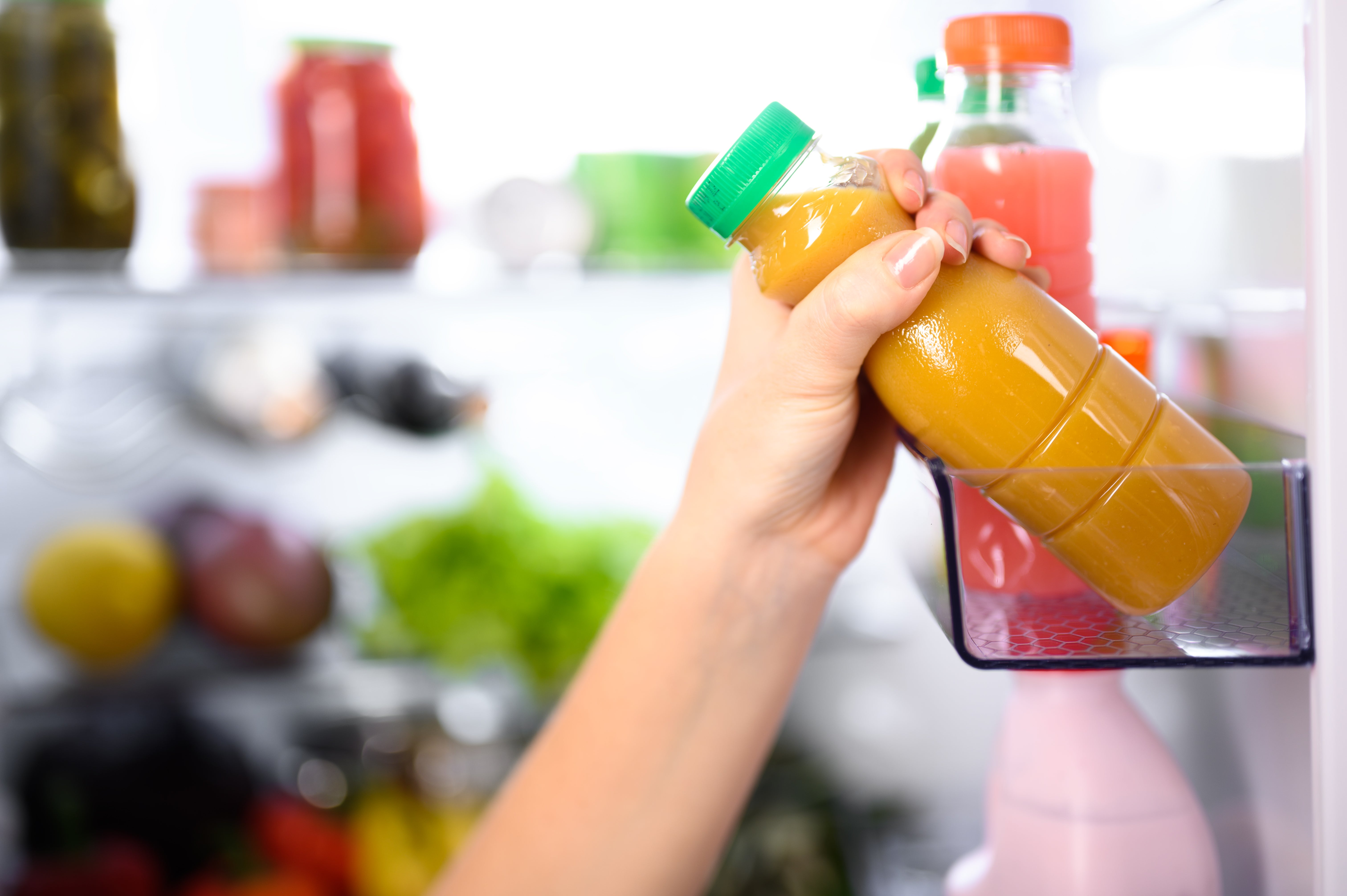
Water and milk aren’t the only choices. Use your liquid ingredient as a flavour opportunity. Depending on the overall flavour profile of your smoothie, you can try adding different juices. Add a splash of mango juice, lemonade, coconut milk, cold brew, chai tea, or kombucha. To add a bit of creaminess and smooth out the texture, try a splash of half & half. It’s an easy way to switch up the flavours and add interest to a smoothie routine at risk of becoming rote.
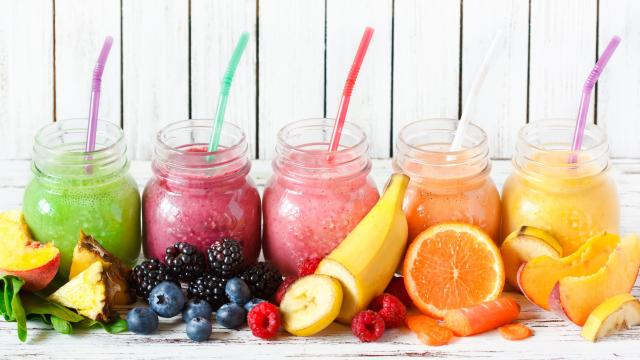
Leave a Reply
You must be logged in to post a comment.